The Meaning of Common Religious Signs and Symbols
By OJ Michael (The Justice)
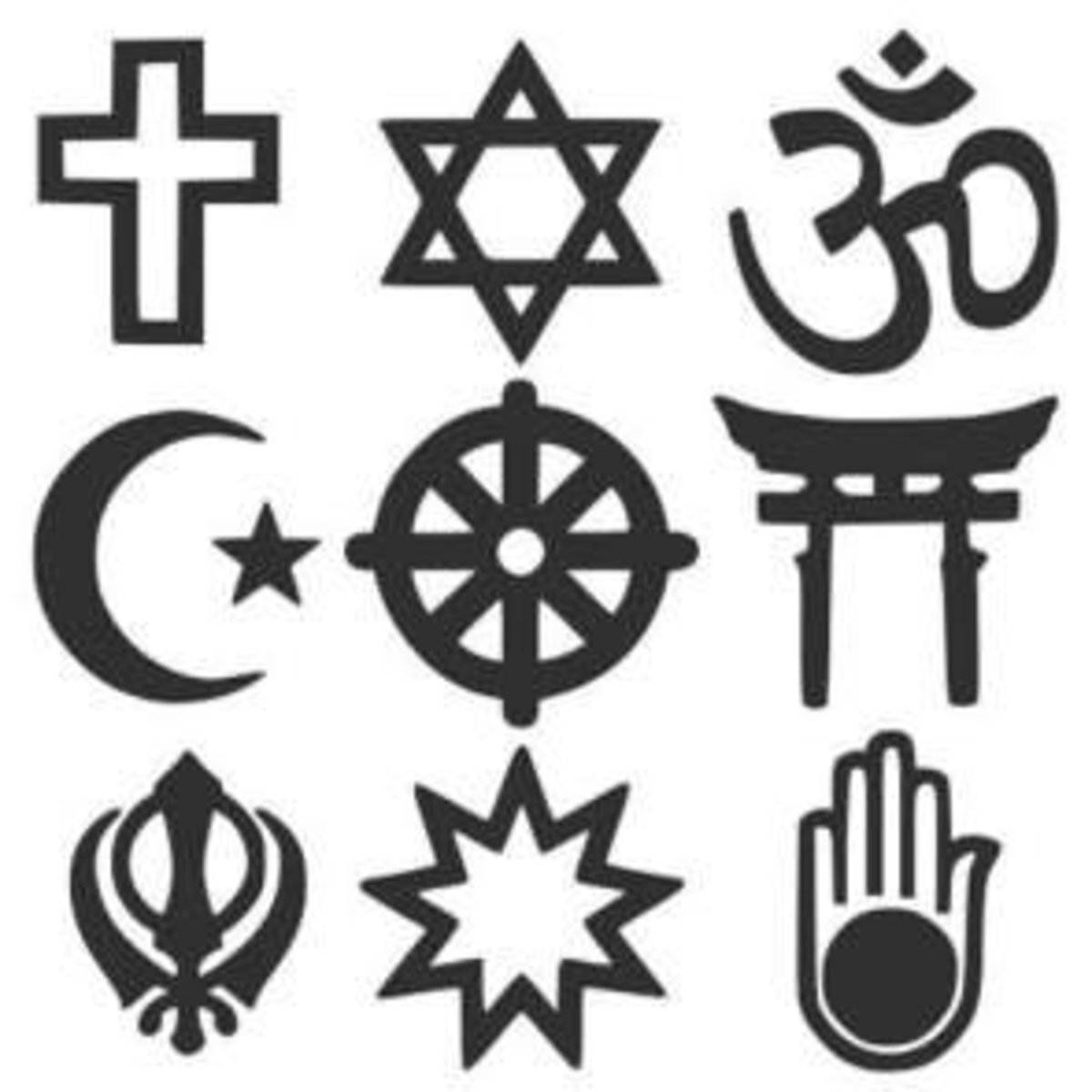
You see religious signs and symbols everywhere, from churches, synagogues and mosques, to television, bumper stickers and web sites. You may be familiar with some of these religious signs and symbols, while others make you scratch your head and go, "Huh?". These symbols have a meaning to those who use them, but what are those meanings? Why these particular symbols?
I'm about to take you on a brief tour of the most commonly used religious signs and symbols, and what they mean to those who use them. I hope you enjoy it!
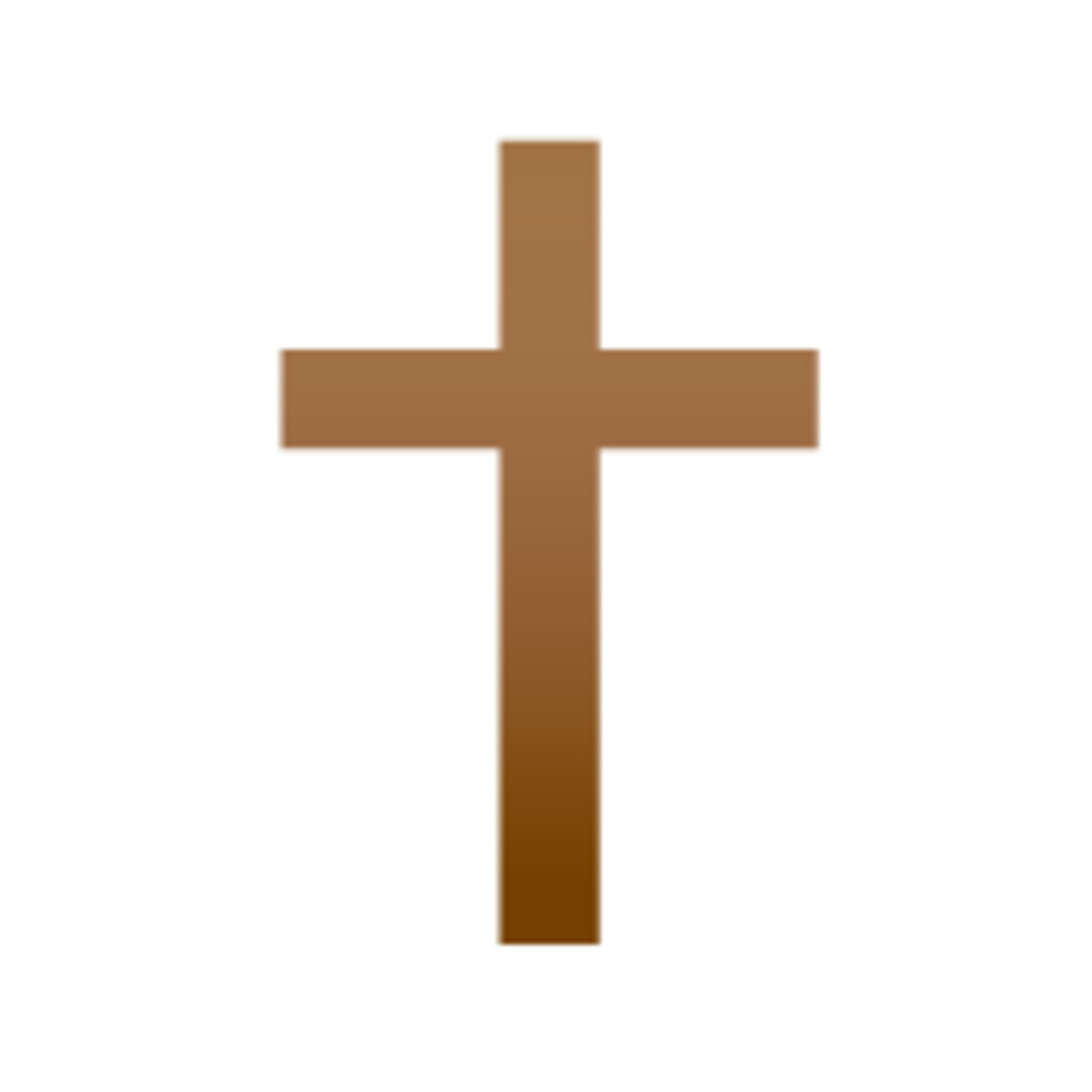
The Christian Cross
The cross is the most common symbol of Christianity. You see them all over the place. The cross symbolizes Christianity as a religion, as well as the crucifixion of Jesus Christ. Another form of the cross you might see is the crucifix, which will include a figure of Jesus, nailed to the cross through both hands and feet, usually with a crown of thorns on his head and a placard with the letters INRI, which is a Latin acronym for the phrase, "Jesus the Nazarene, King of the Jews."
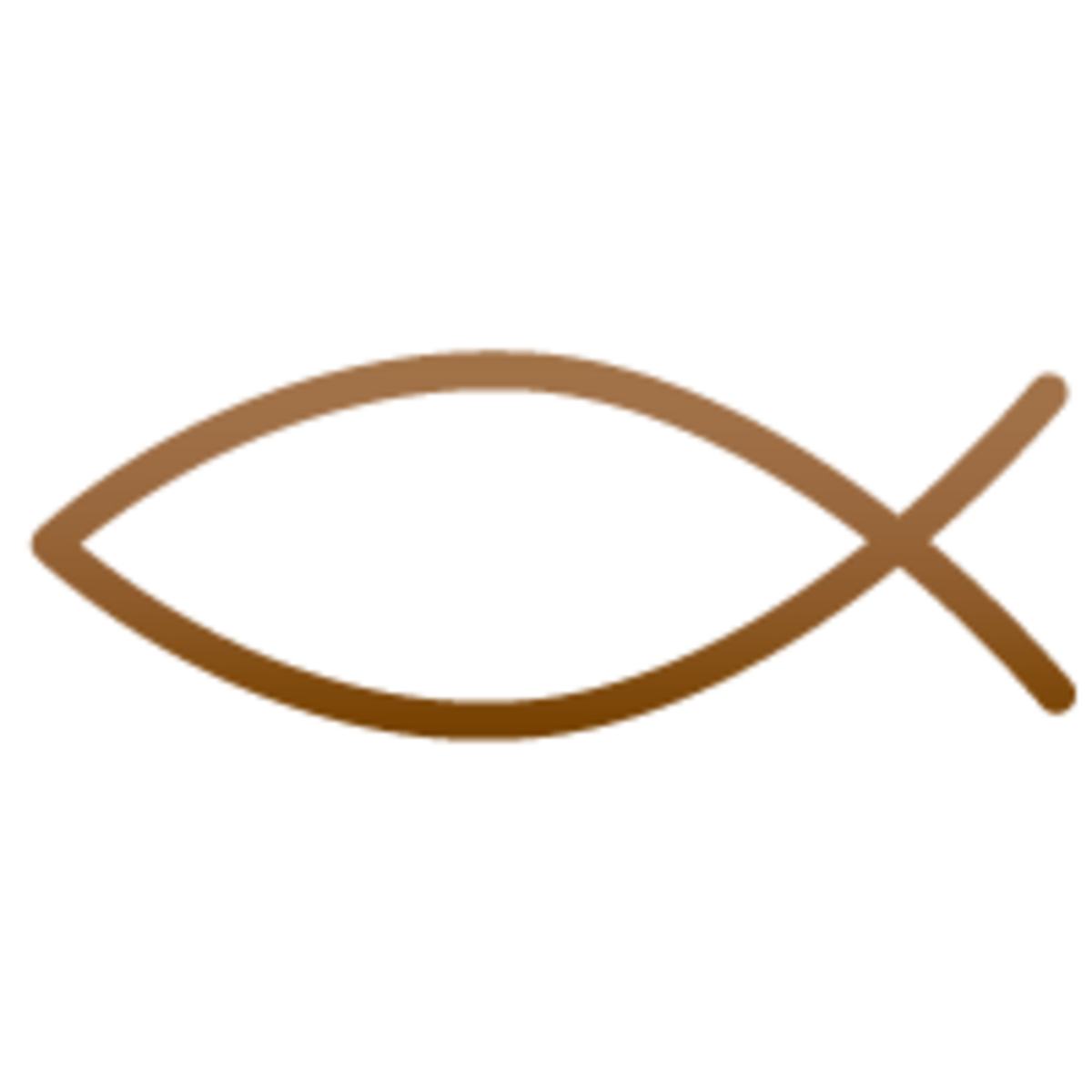
The Ichthys (Fish)
This is another common symbol of Christianity. Many Christains display this on the back bumper of their vehicles. The ichthys is actually the ancient Greek word for "fish." The ichthys commonly contains the Greek letters, ΙΧΘΥΣ , which mean, "Jesus Christ, God's Son, Savior." The fish is a symbol of Christianity for several reasons. Many of the Apostles were fisherman, Jesus performed many miracles involving fish, and the most popular reason, in Matthew 4:19, Jesus says, "Come, follow me, and I will make you fishers of men." The ichthys symbolizes the Christian's mission to spread the "good news".
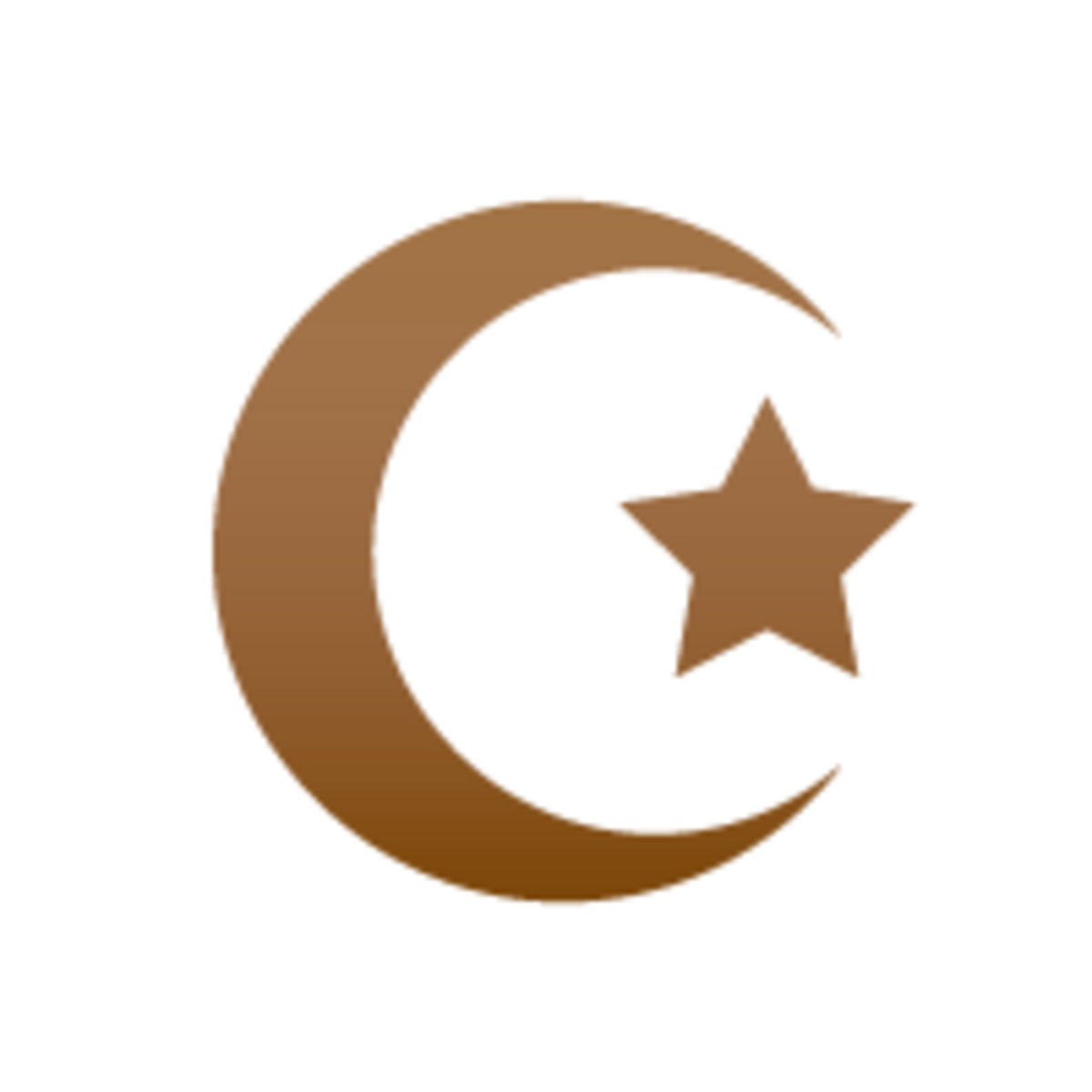
The Star and Crescent
The Star and Crescent is recognized as a symbol if the Islamic faith. This symbol, however, is older and was originally used by the people of Central Asia and Siberia as a symbol of their sky gods. The Star and Crescent were adopted as a symbol of Islam during the Ottoman Empire, when the Turks conquered Constantinople in 1453. The city of Constantinople had been using this symbol as, in honor of the Goddess Diana. When the Turks took over, they had stolen their flag and symbol as well, claiming it for the Islam.

"Allah" in Arabic
This one is pretty straight forward. This is the Arabic word for "Allah," Allah is the one deity of the Islamic faith.

The Star of David
The Star of David is a common symbol of the Jewish faith. The two interlocking triangles represent to tribes of Judah and Benjamin. It is believed that this was the symbol of the line of David, and the star was represented on David's shield, though this has not been proven.

The Menorah
The Menorah is another common symbol of Judaism. A menorah is a nine-branched candelabrum, used in the celebration of Hanukkah. The menorah made its first appearance in the book of Exodus, when God revealed its design to Moses. The original menorah was made from a single piece of gold and had only seven branches. It was used as a light for the temple. Today's menorah has nine branches, comemorating a miraculous event during the rebuilding of the temple in Jerusalem. The Jews only had enough oil to light the temple for one day, but somehow, it lasted eight days, allowing them enough light to finish their work.
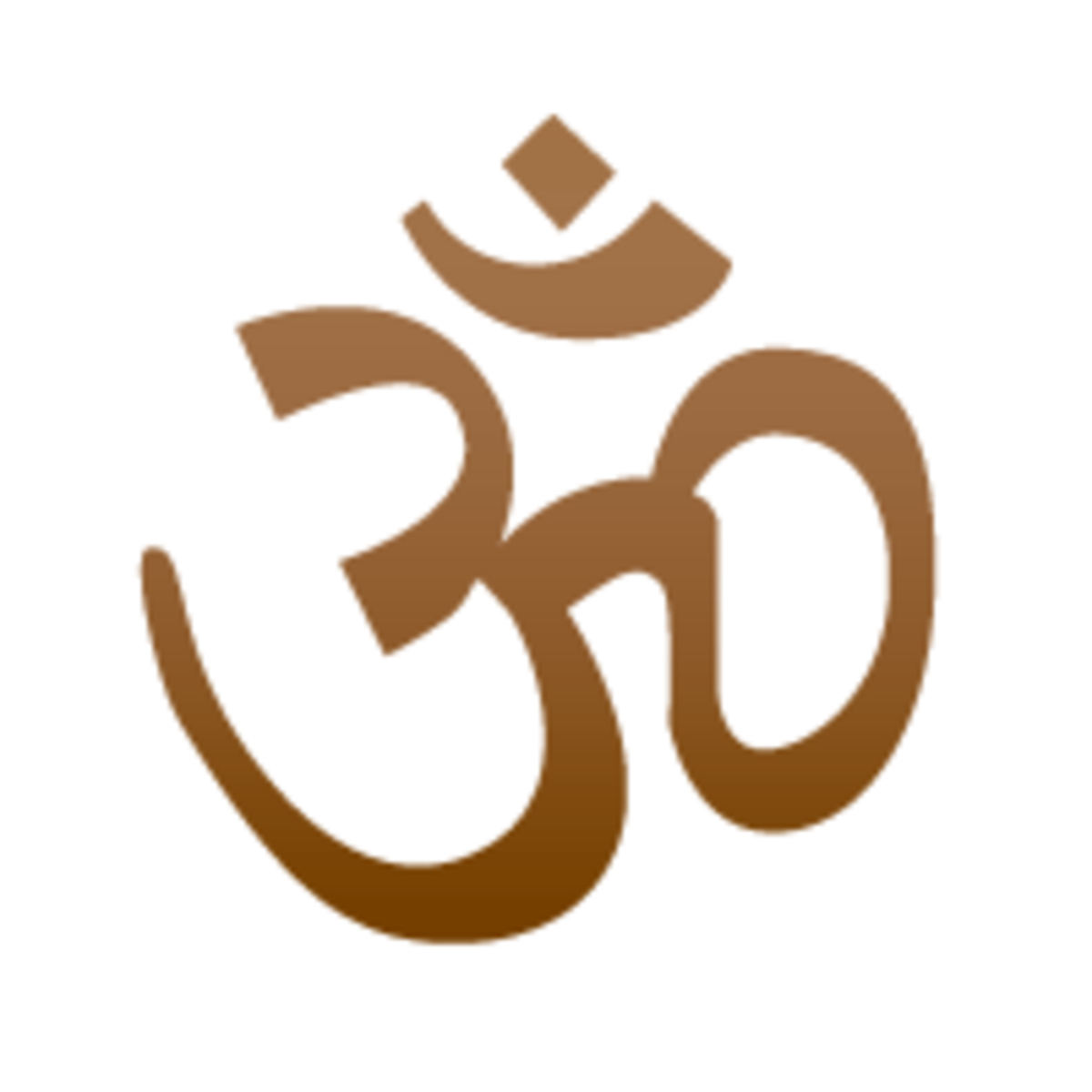
Om or Aum
The Om, or Aum, is a very important symbol of the Hindu religion. It is a mantra, uttered by many Hindus at the start of every day, and commonly written in the head of letters. Om, or Aum is made up of three Sanskrit letters, a, u and m. The syllables come together to make the sound, Om, meaning Brahman, the supreme God of Hinduism.

The Swastika
People usually think of the Swastika as the symbol of the Nazi regime during World War II, but the Swastika is actually a Hindu religious symbol, and for various other purposes, dating as far back as the Paleolithic Era. The Swastika was most commonly used to symbolize good luck.
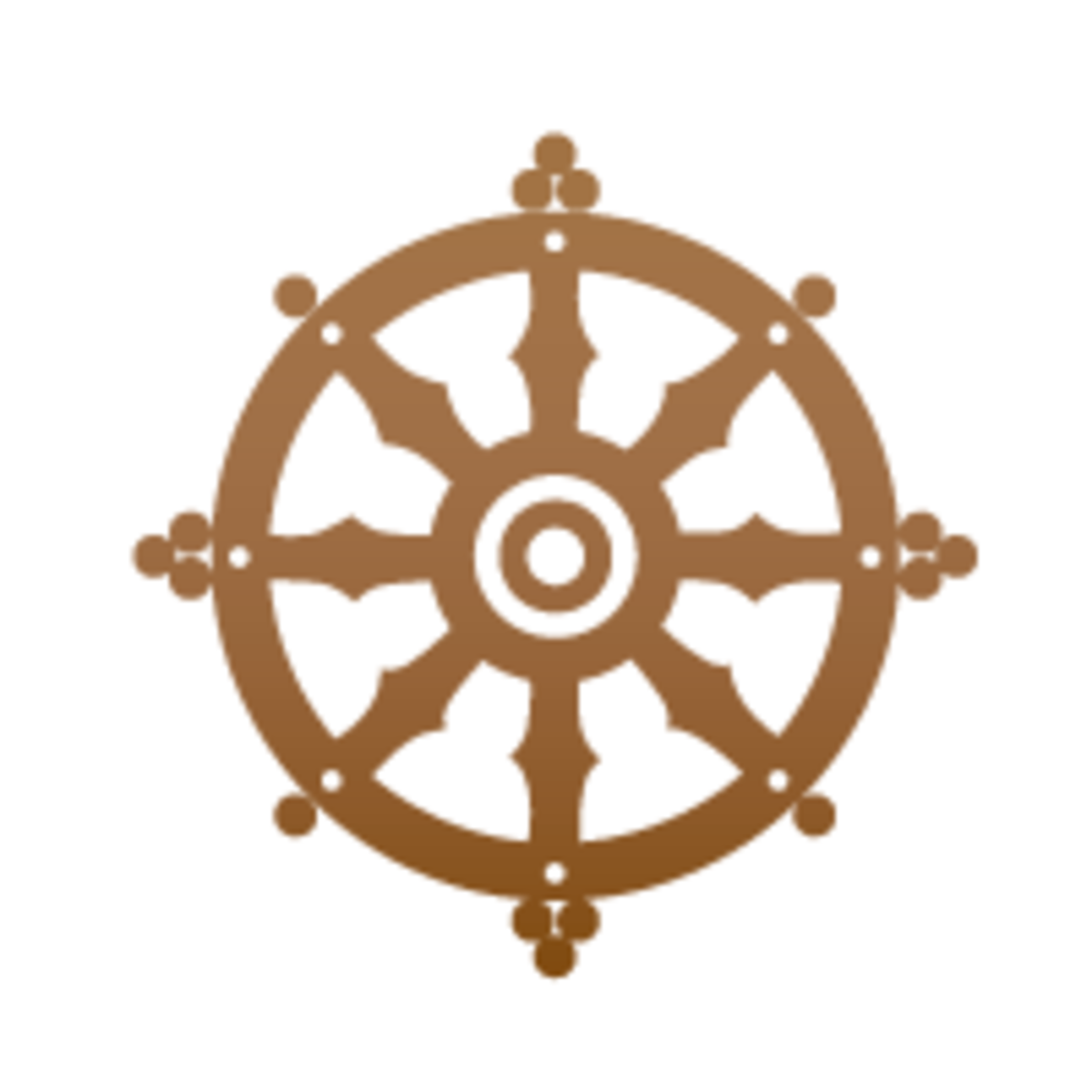
The Wheel of Dharma
The Wheel of Dharma, also called the Dharmachakra, is a common symbol of the Buddhist philosophy. The Wheel can have eight, twelve, twenty-four, or thirty-one spokes. The circle represents the perfection of the teachings of dharma. The spokes represent different teachings, rules or laws of Buddhism, depending on the number of spokes. The hub symbolizes discipline, and the rim mindfulness, or samadhi, which holds everything together.
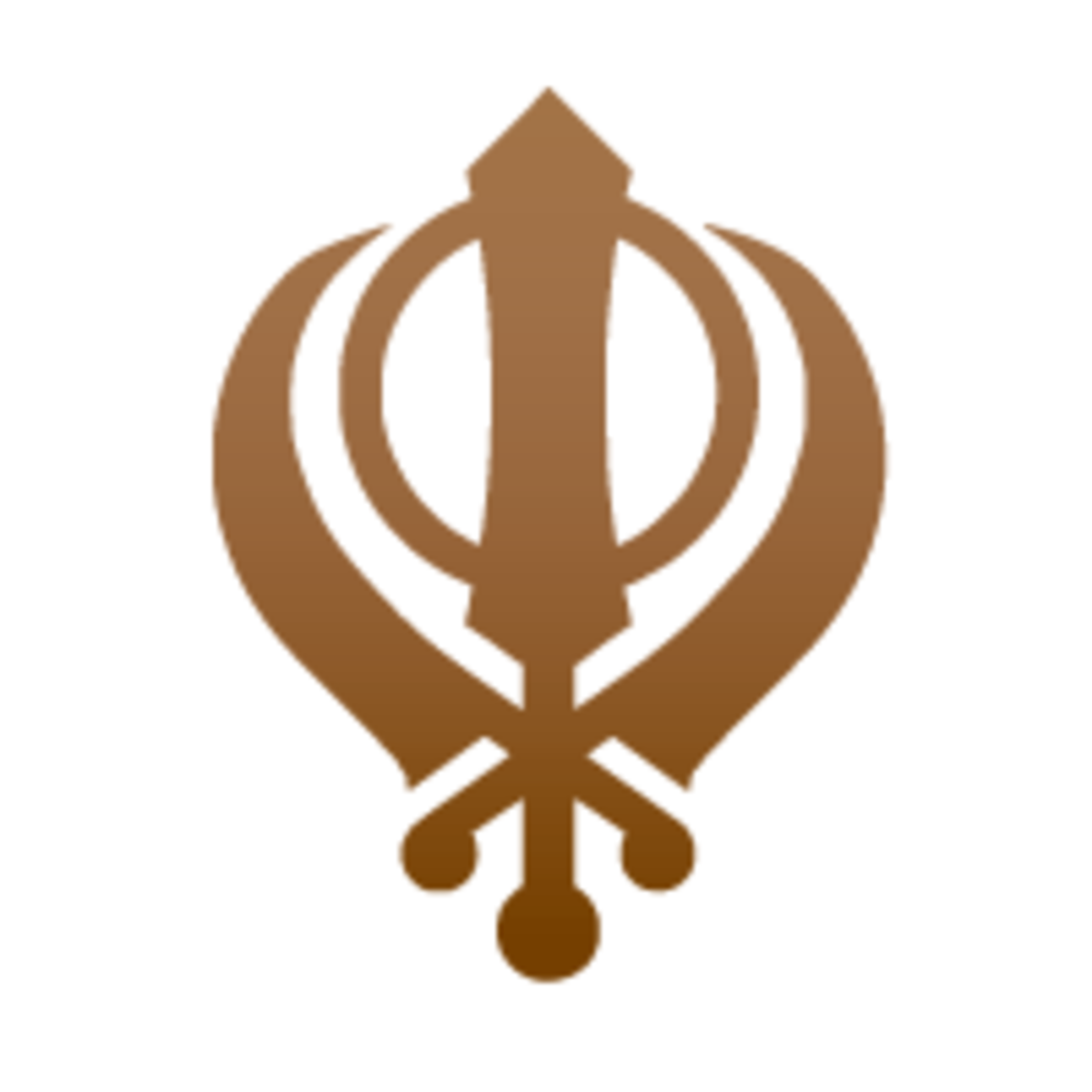
The Khanda
The Khanda is the symbol of Sikhism. The Khanda is made up of three important symbols; the double edged sword, a circle (the Chakkar), and two crossed kirpans (curved swords). The double edged sword represents the belief on a single God. The Chakkar represents that God has no beginning or end. The two kirpans represent God's spiritual authority and his political power. The entire symbol is meant to represent God as a whole.

The Yin and Yang
The Yin an Yang is a commonly used symbol of Asian philosophy. It symbolizes perfect harmonic balance. Neither side can exist without the other, as in nature, there would not be light without dark, good without evil, male without female, etc.

The Torii Gate
The Torii Gate is a symbol of the Shito religion. The symbol of the Torii Gate represents the transition between our world and the world of the gods. A physical Torii Gate usually marks the entrance to a sacred Shinto shrine. By passing through the Torii Gate, you pass from the profane, to the sacred place.

The Ahimsa Hand
The Ahimsa Hand is a common symbol of Jainism, a religion born in India, known for non-violence. The Jains believe that all life is sacred, some go to extreme measures to avoid even stepping on a bug!This symbol represents the Jains vow of ahimsa (non-violence). The wheel in the palm represents dharma (see The Dharma Wheel), and in the center of the wheel rests the word, ahimsa.

The Baha'i Nine Pointed Star
The Nine Pointed Star is the symbol of the Baha'i Faith. The number nine is very significant to the Baha'is for numerous reasons, ranging from numerology to patterns in their theology, and the architecture of their temples.
9 sign we use without know their true meaning
Everyday symbols and we don't know their meaning:
THE MEANING OF CHRISTMAS SYMBOLS:
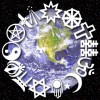
Comments
Post a Comment
So glad to meet everyone here and I welcome you to this blog where we find the truth that are hidden from mankind.........Keep visiting the site and you will find some interesting.